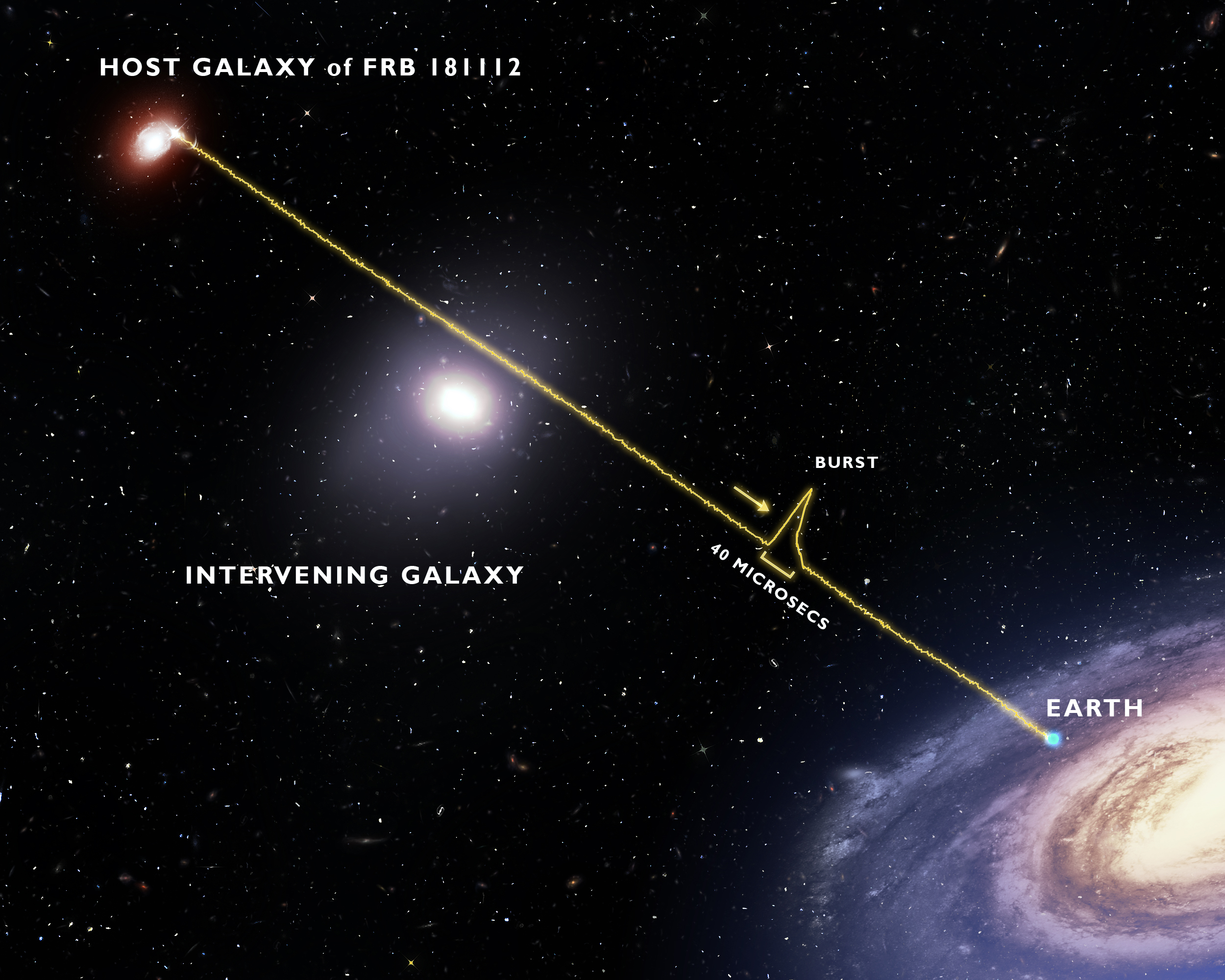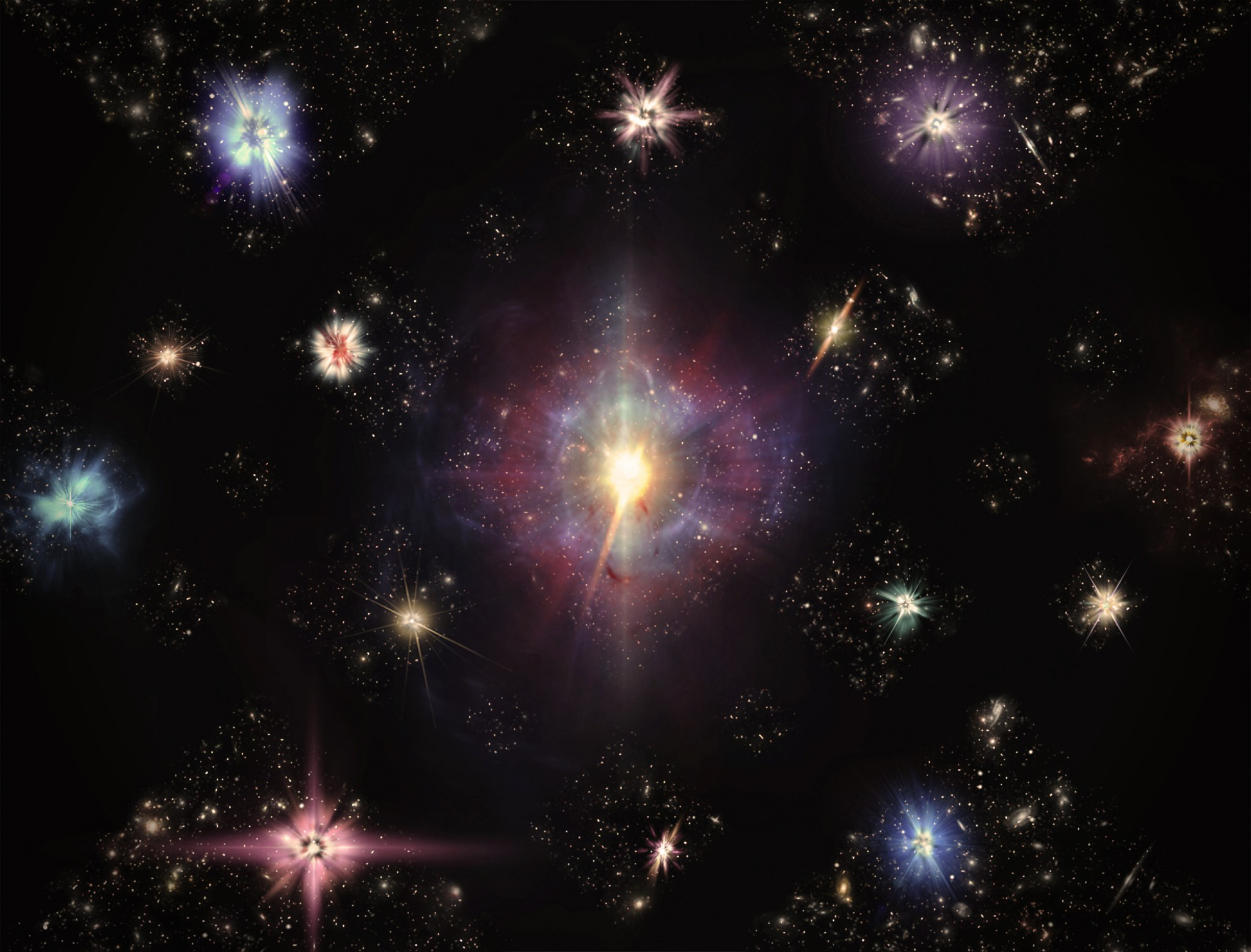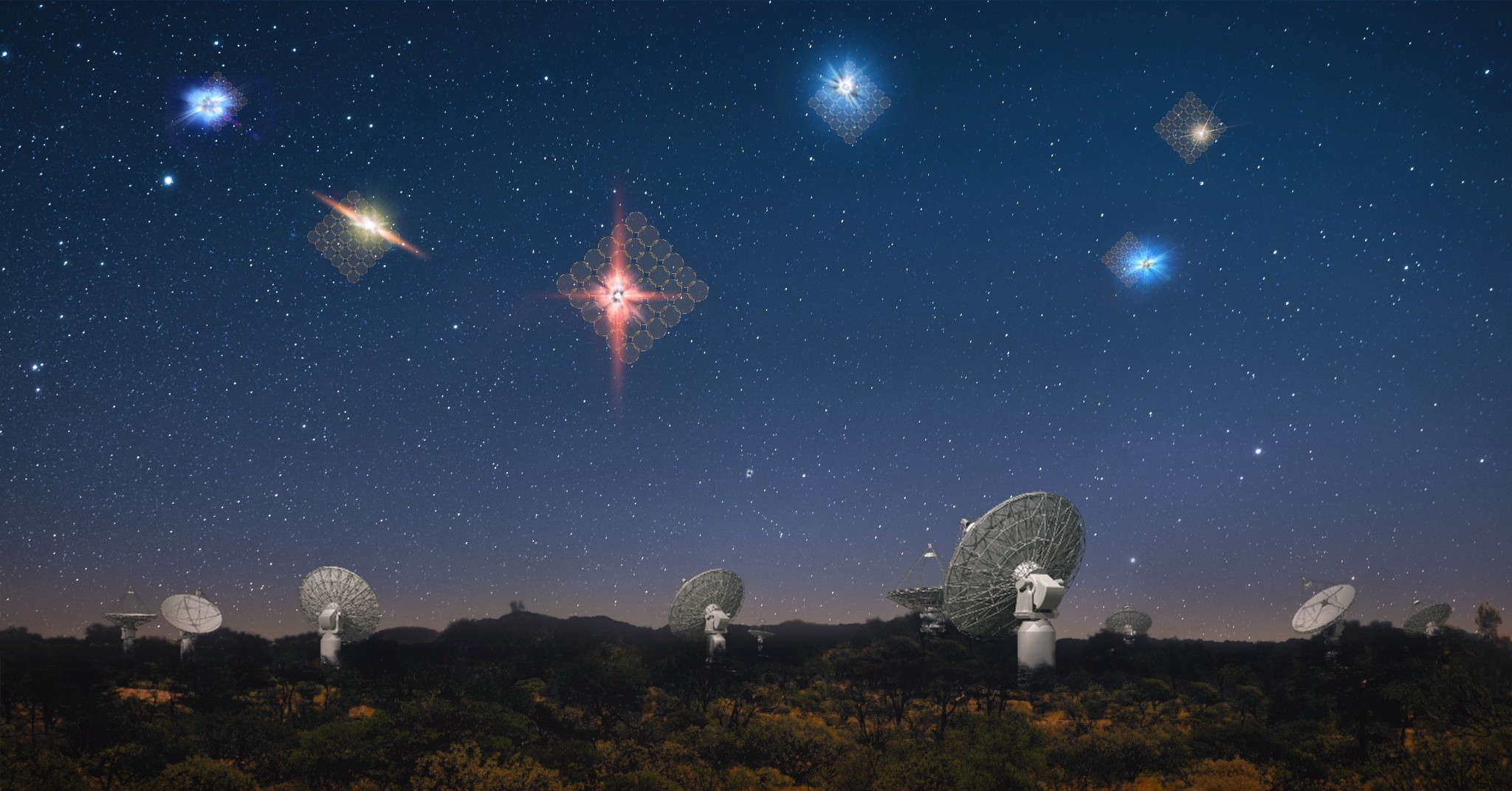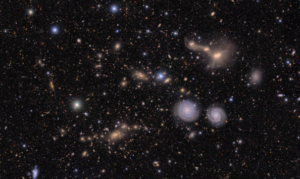When you think about the shape of a galaxy, most of us can imagine the Milky Way and its spinning disc of stars.
But where a galaxy ‘ends’, there’s still a lot of material surrounding it – an area referred to as the galactic halo.
Astronomers have been studying these haloes over the years with the hope of learning more about the life cycle of galaxies.
A group of physicists have discovered something unusual about the galactic halo, and it could be a piece in the puzzle of why galaxies stop growing.

Galactic messengers
To explain what was found by this multinational team of astrophysicists, we first need to talk about fast radio bursts (FRBs).
FRBs are powerful flashes of energy from deep space that appear for mere milliseconds in our night sky.
Depending on what these bursts pass through – as you can see in the video below – the light can arrive distorted in a variety of ways.
In November 2018, an FRB was detected that had passed through a galaxy 4 billion light years away.
This burst was picked up by the Australian Square Kilometre Array Pathfinder (ASKAP) radio telescope in outback Western Australia.
When this burst passed through the galaxy, researchers expected the wild and stormy gases in its galactic halo would distort the signal.
What they found instead was a tranquil sea of gas surrounding the galaxy.
Bursts and gases
Galactic haloes have always been difficult to study, according to astrophysicist Associate Professor Jean-Pierre Macquart.
“The halo of gas can actually extend out 10 times further than the stars in a galaxy and can contain a substantial amount of the matter that’s in a galaxy,” he says.
“But it’s very difficult to see the gas directly with a telescope.”
Jean-Pierre is from the Curtin University node of the International Centre for Radio Astronomy Research (ICRAR) and is a co-author of the study.
The study brought together astronomers from around the world with researchers from Australia, Japan, Korea, America and Chile.
He says the research team looked at how a single FRB distorted as it travelled 5 billion light years through the universe.
They believed the signal would be distorted by the galactic halo, much in the same way heat can cause air to shimmer.
“That’s what we thought would happen – that the signal from the fast radio burst would be completely distorted after passing through the hot atmosphere of the galaxy,” says Jean-Pierre.
“But instead of the stormy galactic weather we were expecting, the pulse we observed had travelled through a calm sea of unperturbed gas.”
It means these gas haloes could be a lot less turbulent than astronomers thought, with less density and magnetisation.

Dating the halo
University of California Professor of Astronomy and Astrophysics J. Xavier Prochaska led the research and says halo gas has a similar use to fossil records only on a galactic scale.
“Our observations can inform theories about how matter is ejected and how magnetic fields are transported from the galaxy,” he says.
“Our research appears to reveal something entirely new about galactic haloes.”
“Unless of course, this galaxy happens to be just some weird exception – and with only one object, you can’t be sure about that.”
Finding another FRB which has travelled through a galaxy’s halo is the next big test.
And if we find the same results, it could help us figure out why galaxies suddenly stop growing.








